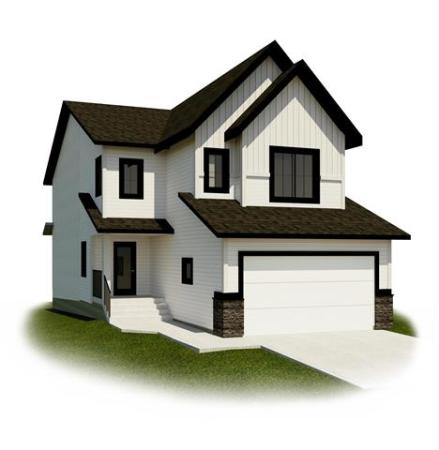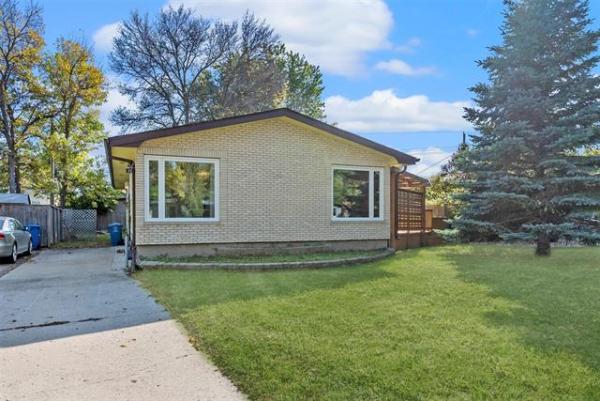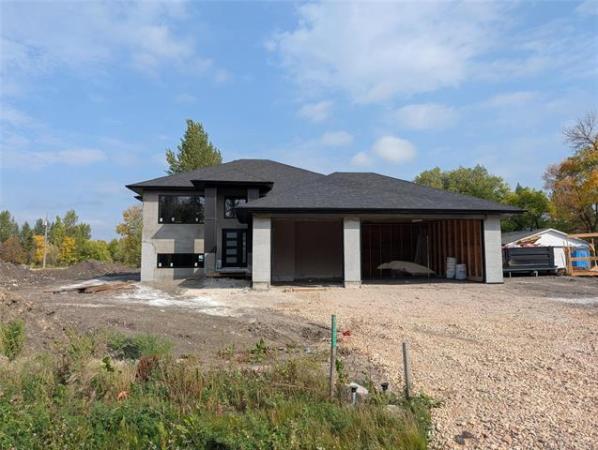QUESTION: I am in the process of purchasing a new home and have a question regarding an outside faucet being located directly above the air conditioning unit. It is very awkward to attach the hose and we find that we can't get a good seal when we do get it connected. This is due to the need to reach over the unit. When I look at other nearby units, side-by-side duplexes, I notice that mine is the only one that has this setup.
I've spoken with the planning department in our RM and he says that he is unaware of any restrictions regarding the placement of the faucet. Do you know of any law or restriction in place that I could bring forward to have the builder move this faucet?
-- Thank you, Debbie Wright
ANSWER: Having recently inspected some brand new homes for clients during "pre-delivery inspections," your enquiry struck a familiar chord. Your question about whether things are done properly when they look out of sorts touches upon a common concern among new home buyers.
While certain items may not be in violation of applicable building codes, they may still be troublesome or poorly done. I will discuss the location of your lawn faucet relative to other items that may fall into this category.
Most homeowners don't realize the "codes" that are referred to by builders and others are local interpretations of the National Building Code. This lengthy publication covers most aspects of construction in typical buildings in Canada, but is often only a minimum standard for construction and safety issues.
Also, the codes are open to interpretation by local municipal building officials and municipalities, which can decide whether to add requirements beyond these minimum standards or accept them as written. To further complicate matters, the codes are frequently amended and updated, mainly to address new construction materials and methods.
For many typical household systems like plumbing, the codes can be quite complex and will address numerous configurations to allow for proper water supply and drainage. Unfortunately, they can't address every possible scenario of a home's construction, which is why there are numerous grey areas that are left up to the discretion of the builder and building officials.
If the local building official in your rural municipality doesn't find fault with a lawn faucet directly above your air-conditioner condenser, then the builder is within his rights to locate it there.
Regardless of the previous statement, installing your tap in its current spot was still a dumb thing to do. It should be relocated, for a couple of reasons.
If you're having difficulty attaching a simple garden hose because the condenser is too close, it's not in the right place. Lawn faucets, probably more than most other plumbing fixtures, have a tendency to leak due to their exterior location and sloppy connections to non-permanent hoses.
Many homeowners leave the faucets turned on and hoses pressurized with a nozzle or other attachment for regulation of water flow. If the hose is moved or damaged, it can easily leak at the connection to the water supply. If this questionable connection is located out of regular sight above your condenser, you may not know when it is leaking or dripping directly on the unit.
While condensers are designed to be left uncovered and exposed to the elements, it's not a good idea to have constant exposure to a regular stream of water from a single location. This could cause excessive corrosion or damage to the cabinet or various components.
While the location of the lawn faucet may not be in direct violation of any applicable building codes, it should be considered bad judgment to place it there. Home inspectors and others often refer to "best practices" when dealing with issues like yours. I like the term because it elevates the level of expectation above the minimum standard.
It would surely not be the best practice to stick a faucet directly above an appliance that has exposed, fast-moving parts like a fan, and is connected to high-voltage electrical wiring, regardless if the wiring is properly protected from the elements. This is compounded by the fact that you are having difficulty connecting a typical garden hose, which is a normal function of the faucet.
My suggestion, as it is with many of my clients with new homes, is to forget about the builder's responsibility and fix minor defects yourself. While this may seem odd, it is my experience that you should save your complaints for any larger issues that arise, which will be much more difficult and expensive to remedy.
If your basement is unfinished, it may only take an hour or so for a plumber to relocate your lawn faucet, often to a much more convenient location. The additional cost and inconvenience may be much less hassle than dealing with a reluctant builder who may ignore your request.
If you're one of the lucky few who have an accommodating builder eager to please his customers and keep them satisfied, then moving the faucet should be an easy matter for him to co-ordinate.
If your builder bristles at the suggestion that he or she has not used a "best practice" in locating the lawn faucet, don't bother pursuing it further. Call a licensed plumber yourself and relocate the tap to the spot you know to be the best location.
Ari Marantz is the owner of Trained Eye Home Inspection Ltd. and the president of the Canadian Association of Home & Property Inspectors-Manitoba (www.cahpi.mb.ca). Questions can be emailed to the address below. Ari can be reached at (204) 291-5358 or check out his website at www.trainedeye.ca.
trainedeye@iname.com



